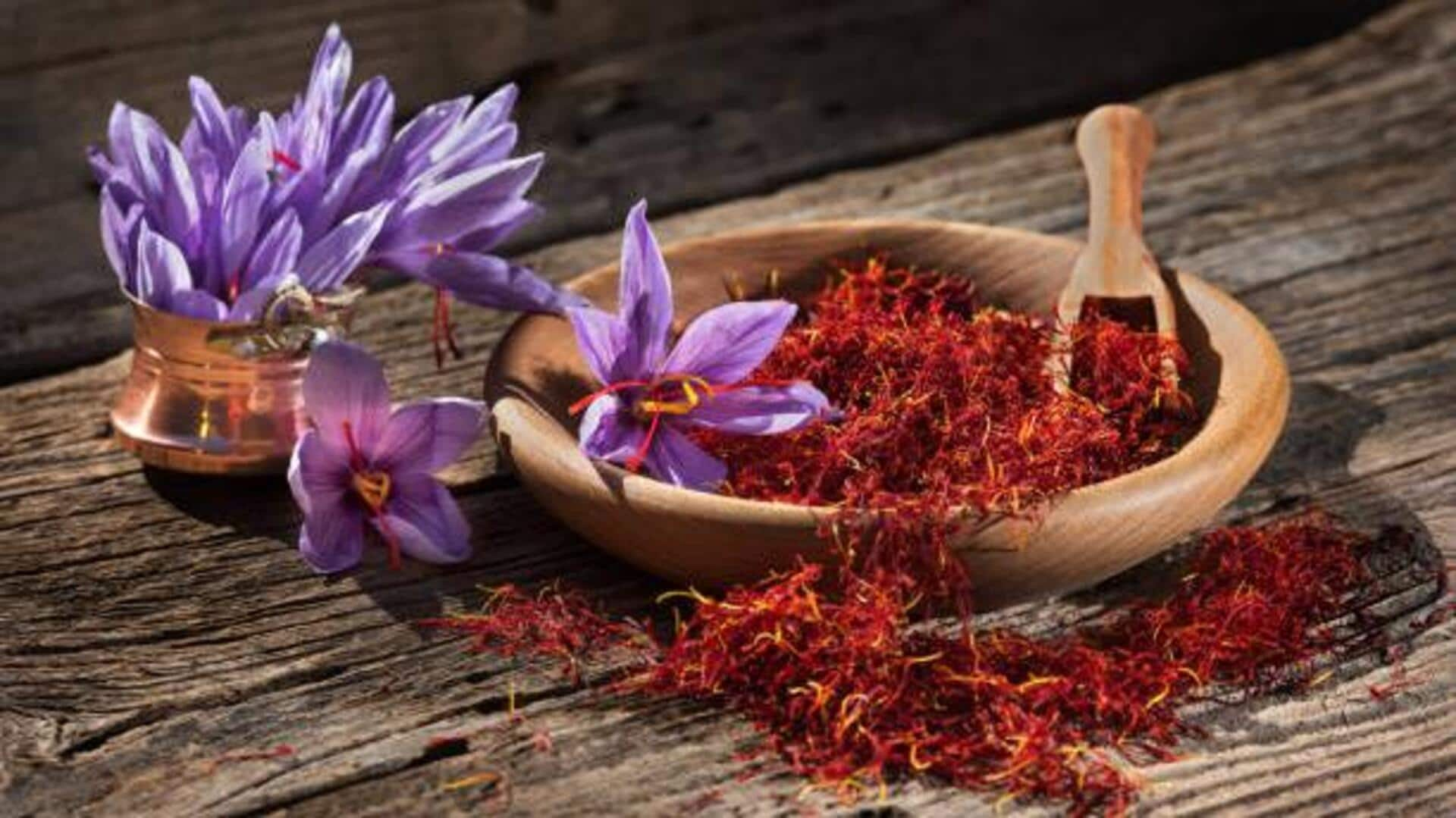
Saffron: Culinary uses, benefits, and more
What's the story
Saffron, the world's most expensive spice, is famous for its unique flavor and color. The golden threads are harvested from the flower of Crocus sativus, which requires a lot of labor. This spice is used in various cuisines to enhance the taste and color of dishes. Apart from its culinary uses, saffron is also known for its medicinal properties.
Flavor
Saffron's unique flavor profile
Saffron has a distinct taste that can be described as slightly sweet with a hint of bitterness. This makes it a versatile ingredient that can be used in both sweet and savory dishes. The flavor comes from the compounds picrocrocin and safranal present in the threads. A little goes a long way, which is why saffron is used sparingly in recipes.
Tradition
Traditional uses across cultures
Saffron has been used for centuries in different cultures around the world. In Middle Eastern cuisine, it is commonly used in rice dishes like biryani or pilaf. In Indian cooking, saffron is added to desserts like kheer or used to flavor curries. Mediterranean cuisines also use it in soups and stews.
Health
Health benefits of saffron
Saffron is said to have several health benefits owing to its antioxidant properties. It is said to improve mood, reduce inflammation, and support heart health. Some studies even suggest that saffron may help improve memory and concentration. While more research is needed to confirm these benefits, saffron's medicinal properties have been recognized for centuries.
Storage
Tips for storing saffron properly
To preserve the quality of saffron, it should be stored properly. Keep it in an airtight container away from light and moisture to keep its potency intact. Glass vials or jars are ideal for this purpose. When stored correctly, saffron can retain its flavor and aroma for up to three years without losing its potency.